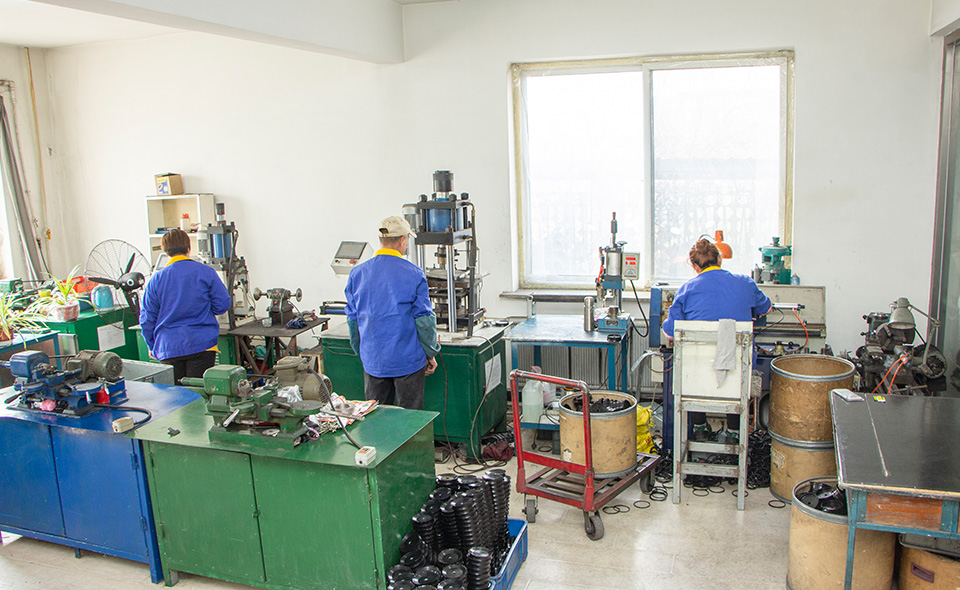Engineering machinery hydraulic systems represent the lifeblood of heavy-duty equipment, serving as the powerhouses behind the force, precision, and versatility of construction, manufacturing, and various industrial operations. These intricate systems harness the power of fluids under pressure to drive movement, exert force, and execute tasks with remarkable efficiency across a spectrum of machinery and applications.
At the core of hydraulic systems lies a network of components working in harmony to transmit and control hydraulic power. Hydraulic fluid, often oil-based, serves as the medium, transmitting force from the hydraulic pump through a series of hoses, valves, cylinders, and actuators. These components work together seamlessly, converting mechanical energy into hydraulic energy and vice versa, enabling machinery to perform a myriad of tasks.
One of the key components in hydraulic systems is the hydraulic pump, which acts as the heart, generating the flow of hydraulic fluid under pressure. These pumps come in various types, including gear, vane, and piston pumps, each offering distinct advantages in terms of flow rate, pressure, and efficiency. The pump's role is crucial, as it initiates the hydraulic cycle, driving fluid through the system to power various hydraulic actuators.
Hydraulic cylinders and actuators are fundamental elements that convert hydraulic energy into mechanical force or motion. Cylinders consist of a piston enclosed within a cylindrical chamber, with hydraulic pressure acting on the piston to produce linear motion. These cylinders, whether single- or double-acting, provide the muscle behind movements in machinery, from lifting heavy loads in cranes and excavators to controlling the blades in bulldozers.
Valves are essential components regulating the flow and direction of hydraulic fluid within the system. Directional control valves manage the fluid's path, enabling precise control over the movement of actuators. Pressure relief valves ensure that the system operates within safe pressure limits, preventing damage due to excessive pressure build-up. Proportional and servo valves offer precise control and modulation of fluid flow, allowing for finer adjustments in machinery operation.
The efficiency and precision of hydraulic systems are further enhanced by filtration and cooling mechanisms. Filters remove contaminants from the hydraulic fluid, preserving the integrity of the system and prolonging the life of components. Cooling systems manage the temperature of the hydraulic fluid, preventing overheating and maintaining optimal performance even under demanding conditions.
The versatility of engineering machinery hydraulic systems spans across a multitude of industries and applications. In construction machinery, excavators, bulldozers, cranes, and loaders rely on hydraulic systems to perform tasks such as lifting, digging, pushing, and grading with exceptional precision and power. Manufacturing machinery, such as presses, injection molding machines, and metal forming equipment, also leverage hydraulic systems for their forceful and controlled operations.
Moreover, hydraulic systems find application in agricultural machinery, mining equipment, aerospace systems, and even in the operation of heavy vehicles like trucks and buses. Their ability to provide immense force, precise control, and adaptability to different environments makes them indispensable across a wide range of industrial sectors.
The evolution of hydraulic systems continues through ongoing research and innovation. Advancements in materials, design, and technology aim to improve efficiency, reduce energy consumption, and enhance the reliability of hydraulic systems. Smart technologies, including sensors and predictive maintenance systems, contribute to optimizing performance, minimizing downtime, and ensuring the safety of machinery.
Looking ahead, the future of engineering machinery hydraulic systems is poised for further advancements. Continued integration of digital technologies, such as IoT (Internet of Things) and AI (Artificial Intelligence), holds promise for enhanced diagnostics, real-time monitoring, and autonomous operation. Additionally, advancements in eco-friendly hydraulic fluids and systems contribute to the industry's sustainability goals.
Engineering machinery hydraulic systems stand as the backbone of heavy-duty equipment, driving force, precision, and efficiency across diverse industrial sectors. Their ability to convert hydraulic power into mechanical motion with remarkable force and control underscores their indispensable role in shaping modern industrial operations and driving progress and innovation in engineering realms worldwide.








